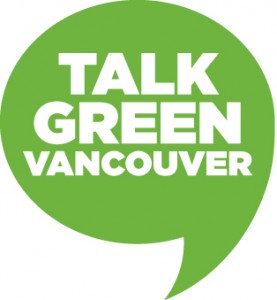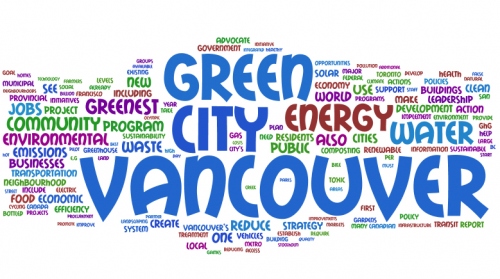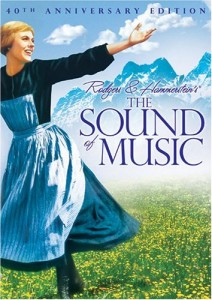As this is my last post for my marketing class, I want to try and write about something different. Previously, my posts have been about external marketing, a term that I may have possibly made up. What I mean is that these forms of marketing affect consumers on their surface; it did not involve any emotions, for the most part.

This year, seven of my friends took on a project hosted by Ernst & Young tocreate an initiative that will impact our local community regarding the environment, entrepreneurship, and education. My team, called the Community Composters, created and developed the idea to help Vancouver high schools reduce their waste and become more sustainable, in an effort to help Vancouver be the greenest city in the world by 2020. Winning this competition meant receiving $10,000 to implement our initiative. Unfortunately, the competition is now over and we have a great idea with no means to fund it. However, this is not stopping us from figuring out ways to help our community based around the knowledge and passion we gained from this experience. We will stay on the lookout for any opportunity that will allow us to follow through and improve upon our initiative; I personally would like to see our plan somehow executed in the near future.
How does this relate to marketing? Well, by the end of this competition, I am even more interested in helping Vancouver reach its maximum potential in becoming green. As a result of this new passion, I will without a doubt be spreading the word on composting, reducing waste, etc. Through positive word of mouth, I hope to be able to influence people and make a change to my community, one step at a time.















